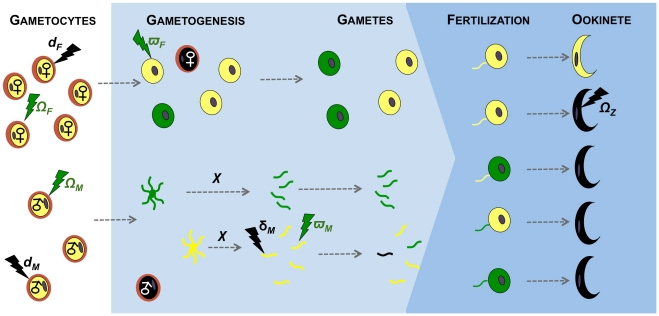Figure 1. Effects of immunity on gametogenesis and fertility of malaria parasites.
The effects of transmission-blocking immune factors on the sexual development of malaria parasites investigated in our model. Female and male gametocytes circulating in the host (white background) undergo gametogenesis when taken up by a mosquito vector (blue background). Each male gametocyte differentiates into χ gametes (χ≤8) and each female gametocyte produces one gamete. Male gametes locate and fertilise female gametes, and the resulting zygotes develop into ookinetes. Immune factors circulating in the host can act on males and females throughout their sexual development, from gametocytes to zygotes. The developmental stages of females are shown above the stages of males and each individual gametocyte/gamete is shown in the same relative position throughout development. The effects of immune factors (lighting) on sexual stages can either be cryptic (i.e. render gametocytes/gametes dysfunctional; green), or fatal (i.e. gametocytes/gametes die; black). Healthy, unaffected, parasites are represented in yellow, dysfunctional parasites in green, and dead parasites in black. Immune factors kill female gametocytes with probability dF and male gametocytes or gametes with probabilities dM or δM, respectively. Dead sexual stages do not participate further in the mating pool. Immune factors render female gametocytes and gametes dysfunctional with probabilities ΩF and ϖF respectively, and male gametocytes and gametes with probabilities ΩM and ϖM, respectively. Dysfunctional gametocytes/gametes participate in the mating pool and can be fertilized as for healthy gametes, however zygotes are unviable and die before reaching the ookinete stage. Immune factors can also directly lead to zygote death with probability ΩZ. All possible fertilization scenarios are represented: mating between two healthy gametes, mating between one healthy and one dysfunctional gamete and mating between two dysfunctional gametes.

